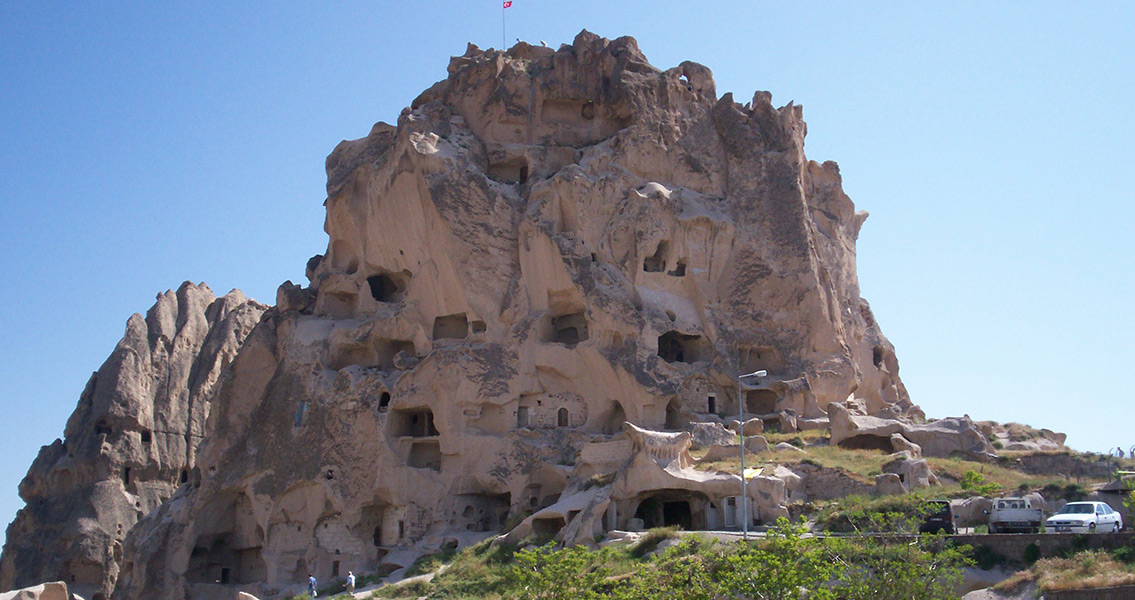<![CDATA[The recent discovery of an underground church carved from the living rock in central Turkey has archaeologists excited, thanks to the unique art contained within its walls. Located in the historical Central Anatolian region known as Cappadocia, the church was found during excavations being carried out on an underground complex within the city of Nevsehir as part of a project spearheaded by the municipal government and the national Housing Development Administration (known as TOKI). The church itself is beneath Nevsehir Castle in the center of the city, part and parcel of a 360,000 square meter zone that includes nearly a dozen neighborhoods altogether. The frescoes that adorn the walls of the underground church are particularly noteworthy due to their religious iconography, the likes of which are unique in many ways. In an interview with the Hurriyet Daily News, Hasan Ünver, the mayor of the city, remarked that frescoes like these; which include images of Christ rising into the sky and striking down the souls of evil people, had never been seen in any other church. Mayor Ünver added that early analysis has revealed that the church could date back as far as the fifth century CE and that it is much larger than other historical churches found within the Cappadocia region. The idea of finding such a massive underground church with such well-preserved frescoes wasn’t even on the radar for the planners involved in the urban development project, the mayor said. Excavation and restoration works are slated to continue, with the hopes that new historical data on the region will be uncovered. Ünver continued, remarking that the depictions could lead to Cappadocia becoming a site of even greater importance to Orthodox Christianity thanks to how unique the frescoes are considered to be. Some damage to the underground church occurred thanks to the collapse of internal walls, a consequence of the ravages of snow and rain over the centuries, says Semih Istanbulluoglu, an archaeologist leading the work within the excavation site. Upon its discovery, the church was found filled with fragments of the frescoes, necessitating their careful collection and reconstruction. Ali Aydin, a colleague of Istanbulluoglu and a fellow archaeologist, stated that for now the work in the church has been temporarily halted in order to combat the decay caused by high levels of humidity. Removal of rubble and collapsed earth will reconvene in the spring once some of the dampness in the underground church has dissipated. For now, only a few of the frescoes that could be within the church have been revealed. Aydin remarked that since the church’s side walls are still buried, additional works of art may be intact, waiting to be uncovered in the near future. Additional excavations will be needed to uncover the entrance of the church that would have been used when it was still intact, though the researchers say that they have identified its location. Image courtesy of Morphosis at tr.wikipedia]]>
Church Discovered in Turkey Features Unique Art
